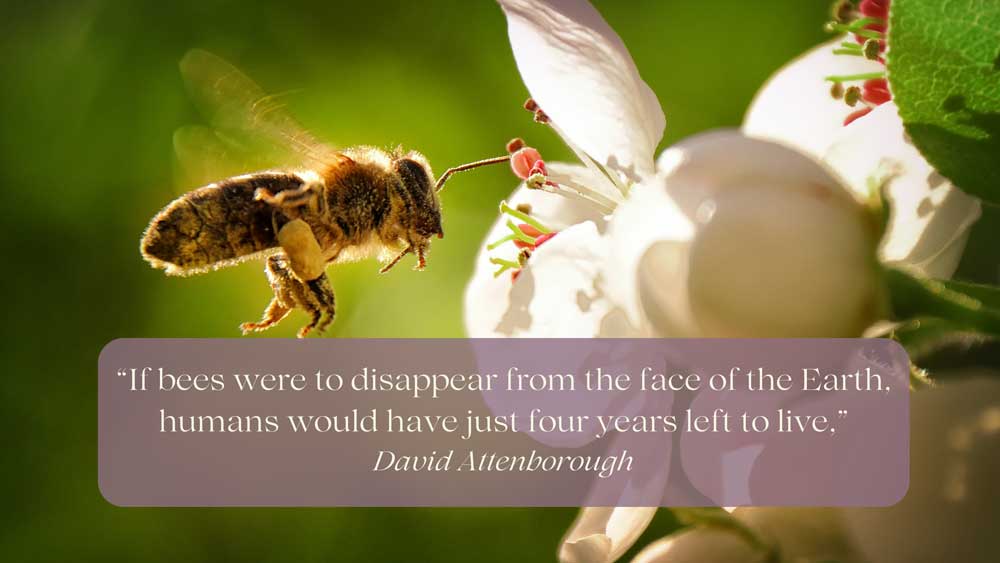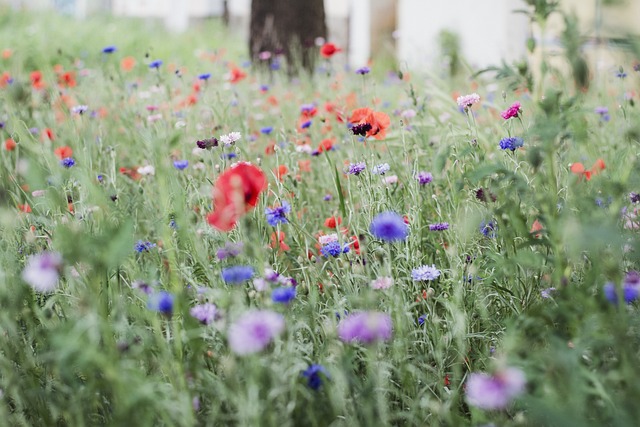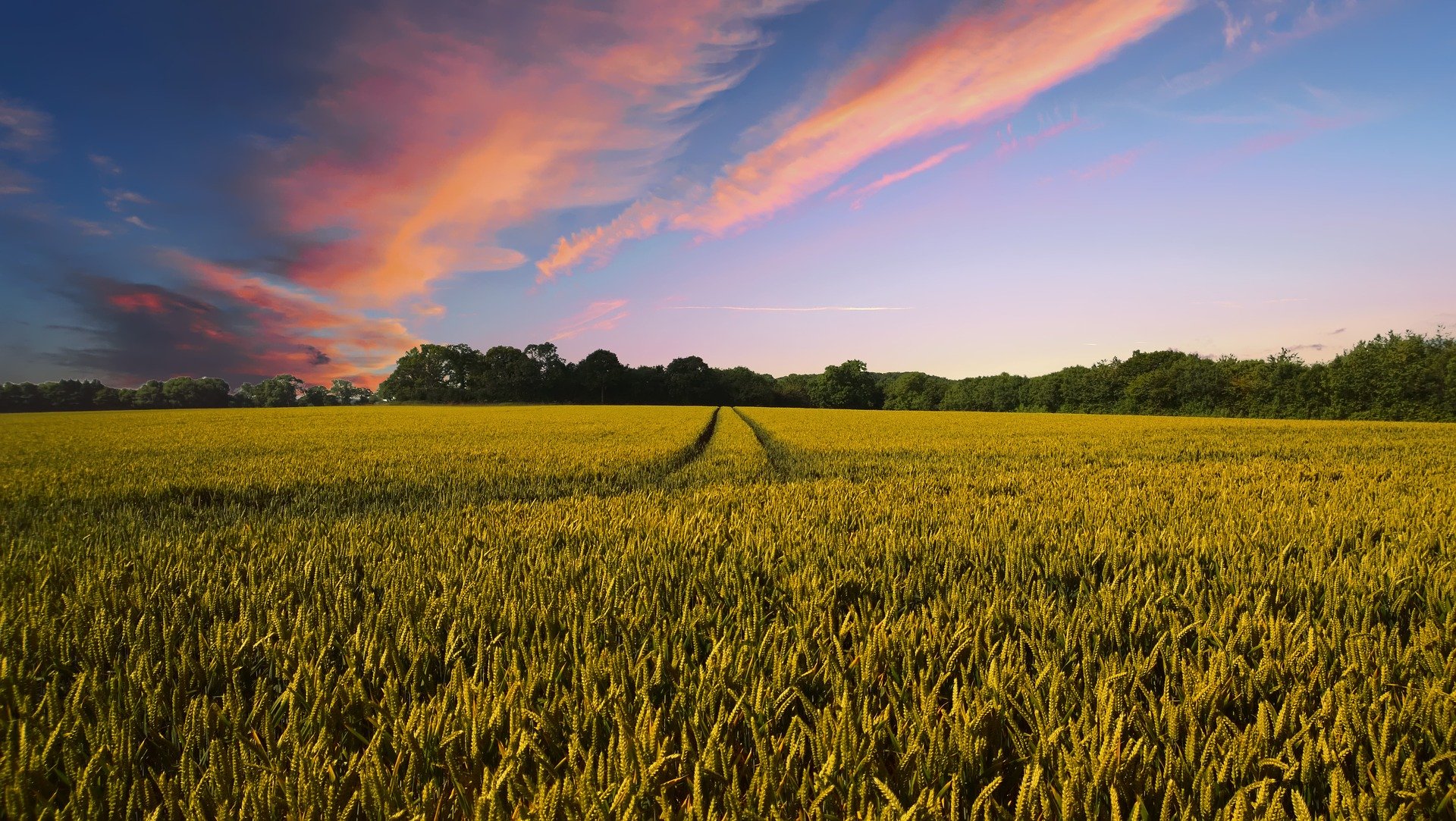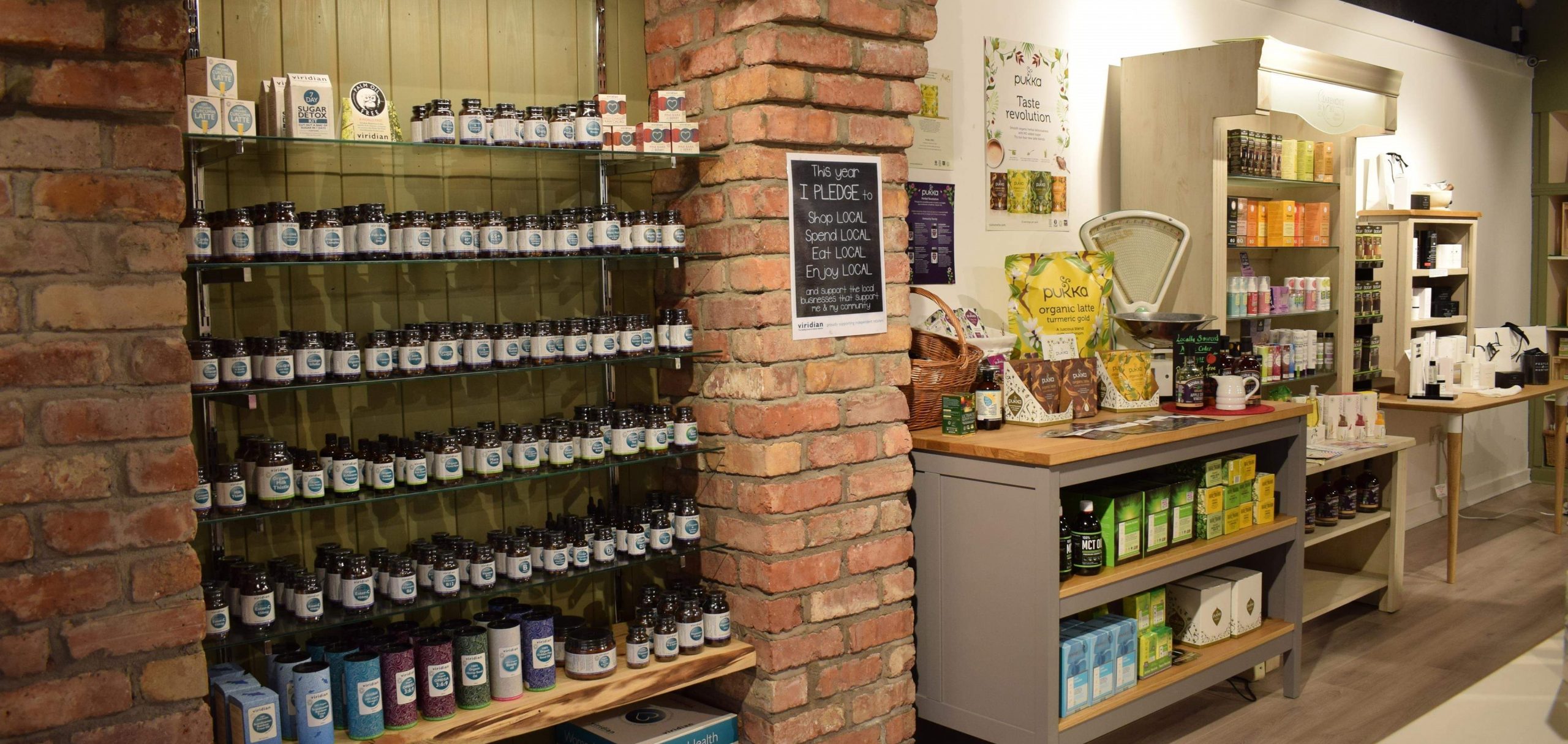As the weather warms up and the sun shines brighter, many of us are eager to get outside and start working on our gardens. However, I would love to encourage you to take a different approach this year. Instead of reaching for the lawnmower, why not join the “No Mow May” movement and help save the bees?
The “No Mow May” movement is a growing trend, where people are encouraged to avoid cutting their lawns until June. This sustainable lifestyle swap has a goal and that is to allow flowers to bloom and provide early-season pollinators, like bees, with the food they need to thrive. By letting grass and weeds (start embracing those dandelions!) grow in your lawn, you’re creating habitats for pollinators and increasing the number of bees in your local ecosystem. In all honesty, I had almost forgotten about it had it not been for my friend Eimear improving my climate awareness by mentioning that she was taking part in it this year again – so I am paying it forward and hopefully reminding you to take part in it too.
According to a study published in the Royal Society, it is estimated that insect pollinators contribute to the production of 75% of global crops, including fruits, vegetables, oilseeds, and legumes1. In the UK, the Western honey bee is the species responsible for most bee pollination and meets 34% of pollination service demands. Bees play a vital role in the global food supply by pollinating a wide range of crops, and their declining population poses a threat to the production of crops such as fruits, nuts, and many vegetables.

So, why is “No Mow May” so important? Well, in the early spring, bees are hungry and in need of food. By letting your lawn grow, you’re providing them with food thanks to offering a source of nectar and pollen. In fact, a study conducted by the University of Sussex found that unmowed lawns had five times as many bees as mowed lawns. By participating in “No Mow May,” you’re helping to support the bee population and ensure that they have the resources they need to thrive.
But it’s not just bees that benefit from “No Mow May.” Other pollinators, like butterflies and moths, also rely on early-season flowers for food. By letting your lawn grow, you’re creating a habitat for these creatures and helping to support the overall health of your local ecosystem. Plus, who doesn’t love to see pretty butterflies in the garden?
Participating in “No Mow May” is beyond simple! Just keep the lawnmower in the shed and avoid cutting your lawn until June. If you wish you can also take steps to make your garden a bee-friendly haven by planting flowers that are rich in nectar and pollen. Some great options include lavender, sunflowers, and wildflowers. Providing a source of water for the bees by setting up a shallow dish filled with water and pebbles is also useful for them.
The reality is that “No Mow May” is an easy and effective way to support the bee population and help maintain the balance of your local ecosystems. By letting your lawn grow and creating a bee-friendly garden, you’re providing our friends with the resources they need to thrive. So, this year, why not join the “No Mow May” movement and help save the bees?
For more inspiration check out plantlife.org.uk/ where you can sign up to let them know you or your place of work place are taking part.



